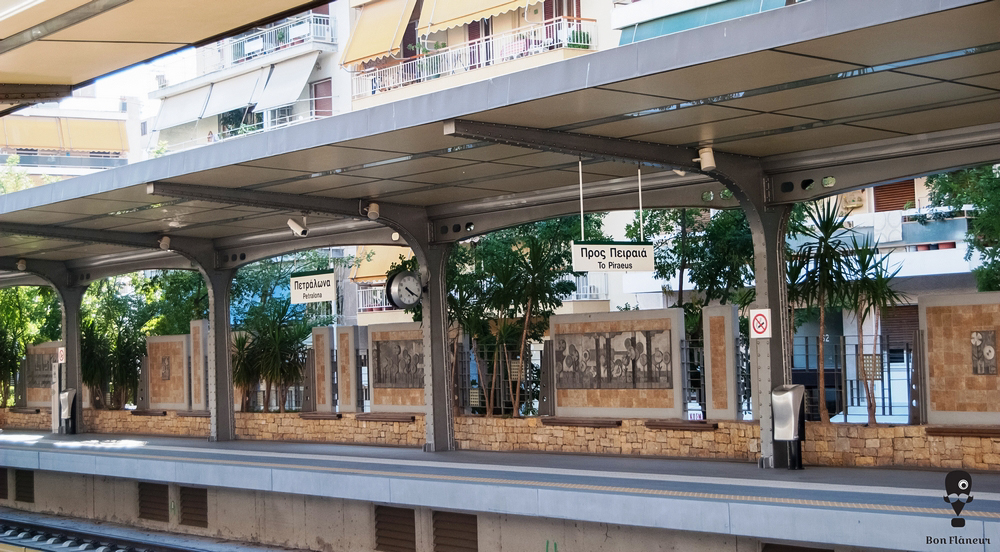Petralona Metro Station
Petralona Metro Station has modern stone-framed metal reliefs decorate the station.
Location
Timeline
Modern and Contemporary era (1821 - )
1954 Inaugurated on November 22.
2003 Sculptures were created and the station was renovated.





Share